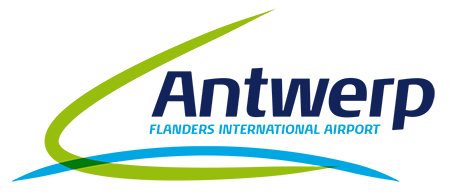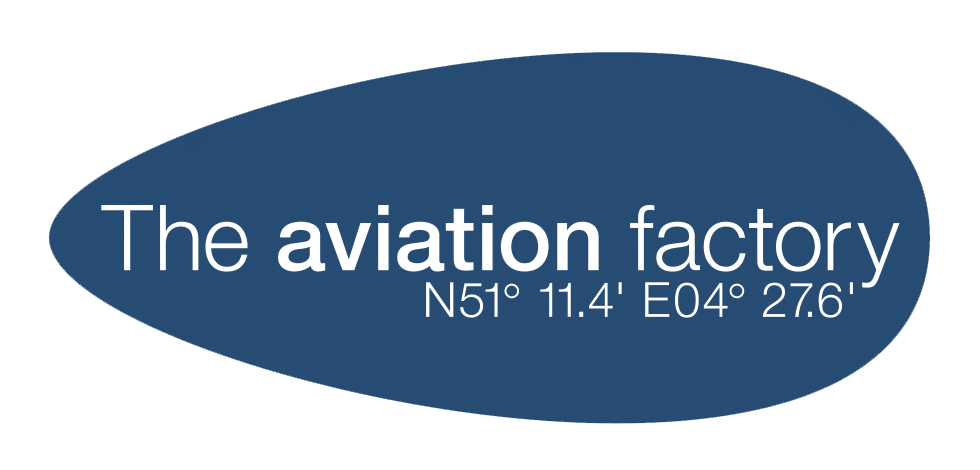Environment Information
On July 22, 2024, a new Environmental Permit for Antwerp Airport was granted by Minister Demir. This permit is valid indefinitely. It was established based on the vision note of the Flemish Government, approved on December 22, 2022, and the voluntary preparation of a project Environmental Impact Report (EIR).
Special conditions and politics of the environment
1. Opening Hours
The airport is open for air traffic between 07:00 and 23:00 (local time).
Commercial airlines may still depart between 06:30 and 07:00 (local time) until June 1, 2025. This transitional measure was introduced by Minister Demir because commercial airlines’ flight schedules have been fixed until the summer of 2025.
An exception to the opening hours is possible for medical flights. These flights may land after 23:00.
An exception to the opening hours is also provided for all commercial scheduled flights that were planned to land before 22:59. These flights may still land until 00:30 (local time).
Efforts will also be made to promote quiet evenings. As such, flights between 22:00 and 23:00 will only be allowed for aircraft with a maximum cumulative noise level of 263 EPNdB (Effective Perceived Noise).
2. Noise Contours
Like road and rail traffic, air traffic contributes to noise emissions, particularly during aircraft takeoff and landing. Antwerp Airport annually calculates noise contours through a certified expert.
Click here to consult the Report noise contours 2024.
3. Noise Monitoring Network
Aircraft noise production can be continuously monitored through the noise monitoring network, which was installed in 2002 and renewed in 2017. This network consists of four monitoring stations, with two stations on each side of the runway extension. The airport has expanded the monitoring network with one additional mobile monitoring station, which will be used ad hoc at various locations. The airport aims to gather more information about the airport’s impact in different areas with this mobile monitoring station.
4. Complaints
The airport has a complaint registration system available where people can report any disturbances. These reports will be followed up through this portal.
The airport also provides a consultation committee where residents and organizations are represented. This committee will meet annually to review the status of the granted extensions and submitted complaints. The committee will also discuss the annually calculated noise contours.
5. Training Movements
A maximum of 16,000 training movements (touch-and-go or T&G) may be carried out annually.
Training is allowed from Monday to Saturday during the following time slots:
- Daylight Saving Time: 09:00 – 18:59 (local time)
- Standard Time: 09:00 – 19:59 (local time)
Between June 1 and August 31, no T&G flight movements are allowed on Saturdays after 14:00 (local time). Training movements for aircraft that perform T&Gs elsewhere remain allowed. This measure will take effect on June 1, 2025.
Training movements on Sundays and public holidays are not permitted.
For T&G movements (circuit flights), aircraft with a maximum take-off weight (MTOW) of less than 2,000 kg must have a noise level of no more than 76 dB(A), certified by the Directorate-General for Aviation of the Federal Public Service Mobility. A maximum of two aircraft may fly circuits simultaneously, and the northern and southern circuits must be alternated. This will be supervised by Skeyes.
6. Monitoring Committee
A monitoring committee will be established to oversee the implementation of special conditions, the comprehensive monitoring plan, and the studies carried out. The monitoring plan includes detailed measurements of noise, air quality, and water quality, allowing continuous monitoring and management of environmental impacts.
7. Climate
In the summer of 2024, the airport achieved Level 2 of the official Airport Carbon Accreditation program. This is an officially recognized program by ACI to help airports reduce CO2 emissions for the future.
The airport aims to achieve Level 3 by the summer of 2025. A key feature of this level is the involvement of other airport users operating at the site.
Through an extensive Carbon Management Plan, the airport will reduce emissions by 90% by 2034. This condition was also included in the special conditions of the environmental permit. By 2050, the airport aims to reach net-zero emissions.
SUSTAINABLE DEVELOPMENT
Keep in balance with the environment
The airport of Antwerp, within the framework of the sustainable development is to develop a modern transportation hub which will contribute to the local economic growth of the region. The airport wants to create an additional value by offering a fast/smooth access through the airport and by creating an exceptional travel experience for all passengers.
Improving sustainable development
In realizing future opportunities at the airport, the airport will careful plan and take following areas into consideration which are important to reach a sustainable growth: local economy, access, environment, community and land use. In reaching these future opportunities, the airport will try to minimize local disturbance and environmental impact.
Communication
The airport wants to maintain a good relationship with the local community and other agencies. Therefore, the airport constantly communicates with all key stakeholders to provide them with information on topics that may concern them. In this way, the airport aims to maintain a constructive dialogue and ensure good cooperation between all parties. Information of interest to immediate residents is posted on a separate web page. More information via www.luchthaven-antwerpen.com/buurtinfo/ (only in dutch)














